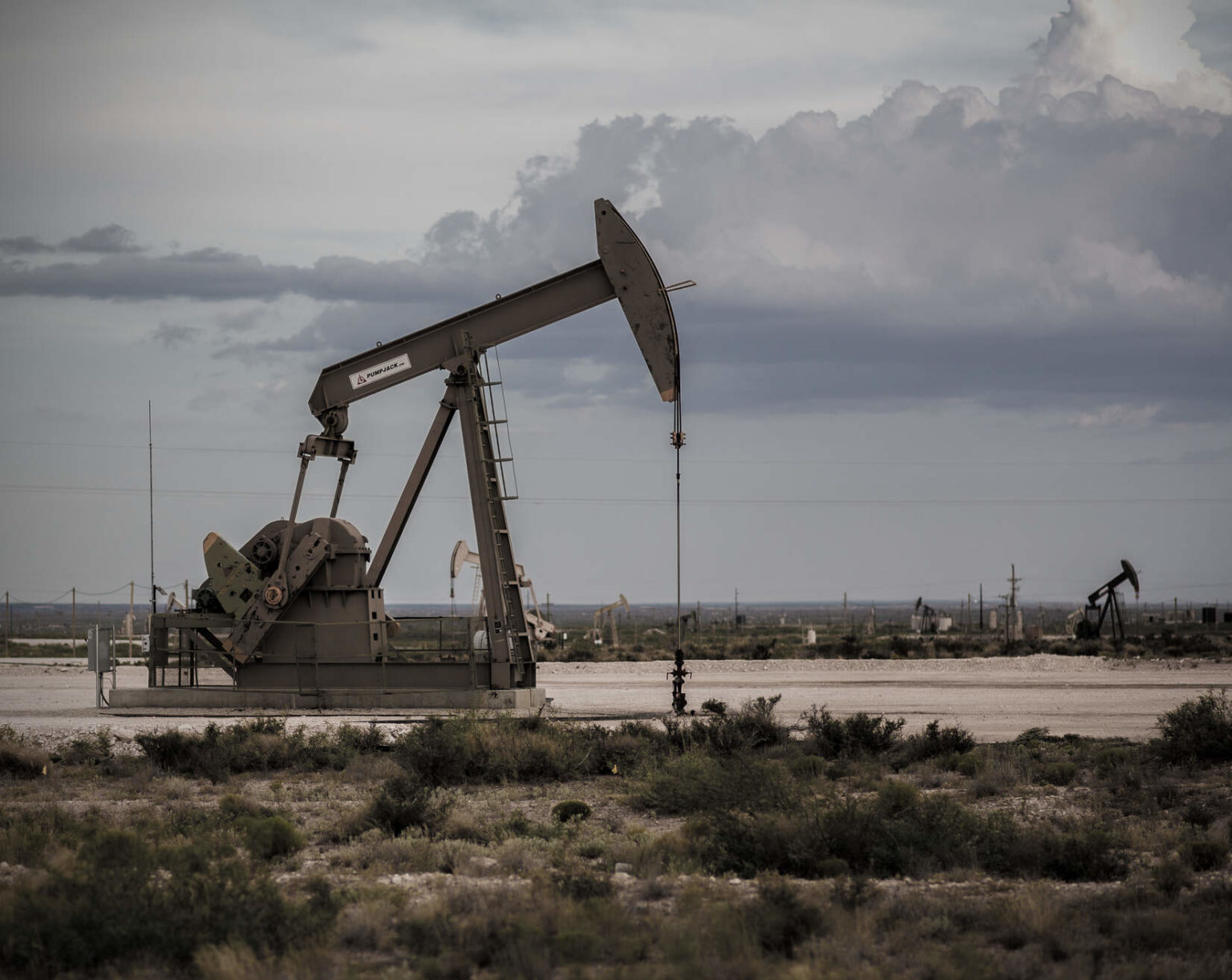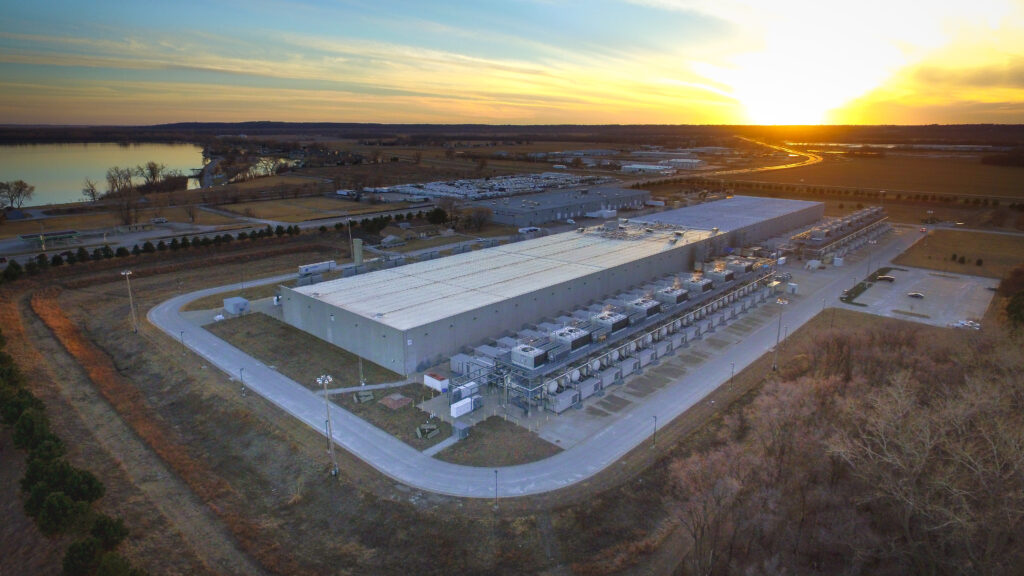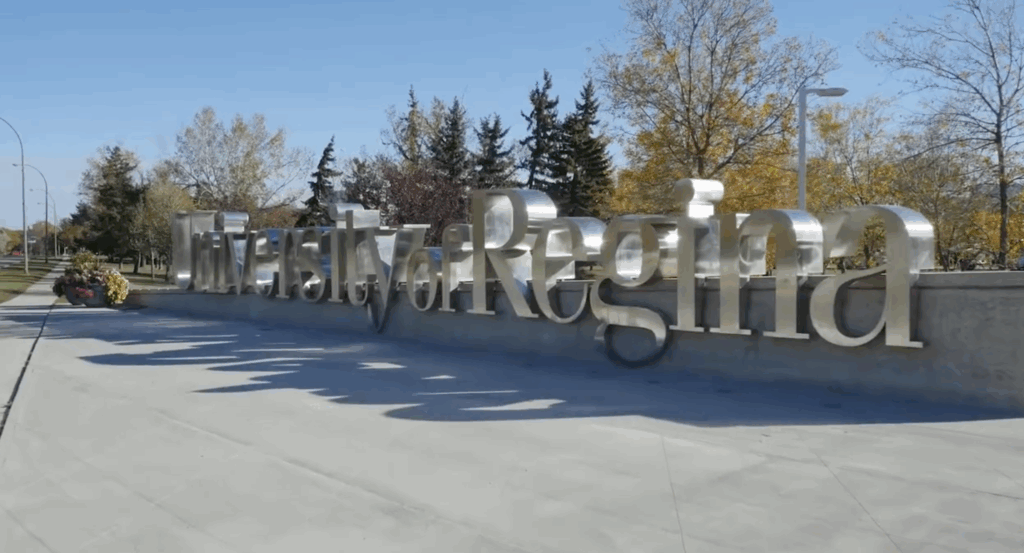Energy companies are increasingly having to face the unprofitable reality of fracking, and some executives are now starting to admit that publicly. But the question is whether the industry will listen — or continue to gamble with shale gas and oil.
In February, Equinor CEO Anders Opedal had a brutally honest assessment of the Norwegian energy company’s foray into U.S. shale. “We should not have made these investments,” Opedal told Bloomberg. After losing billions of dollars, Equinor announced last month that it’s cutting its losses and walking away from its major shale investments in the Bakken region of North Dakota.
Meanwhile, at CERAweek, the oil and gas industry’s top annual gathering held the first week of March, the CEO of Occidental Petroleum (OXY), Vicki Hollub, told attendees: “Shale will not get back to where it was in the U.S.”
“The profitability of shale,” she said, “is much more difficult than people ever realized.”
Admissions of questionable profits and the end of growth from a top CEO charts new territory for the shale industry. These comments come after a decade of fracking which has resulted in losses of hundreds of billions of dollars.
But despite the unsuccessful investments and fresh warnings, some companies continue to promise investors that the industry has finally figured out how to make profits from fracking for oil and gas. While not a new argument, these companies are offering new framing — a “fracking 4.0” if you will — focused on new innovations, future restraint, and real profits.
In February, for instance, as fracking pioneer Chesapeake Energy emerged from bankruptcy the company’s CEO Doug Lawler told Bloomberg: “What we see going forward is a new era for shale.”
Meanwhile, Enron Oil and Gas (EOG) — considered one of the best fracking companies — lost over $600 million in 2020. Despite this, the company is now touting “innovations” it has made to help create future profits along with promises of new profitable wells — part of an industry annual ritual promising new technologies and new acreage that will finally deliver profits to their investors.
Surge in Permian M&A and Profitability Could Trigger New Wave of European and Asian Investments in US Oil and Gas https://t.co/HWpJocfcUK
— Jonathan Tyner (@tynerenergy) February 22, 2017
This Time Will Be Different
In May 2019, Hollub oversaw one of the biggest oil and gas acquisitions in industry history when Occidental purchased Permian-based fracking company Anadarko for $57 billion. The deal was backed with $10 billion from investor Warren Buffet. The deal was a huge bet on the profitability of fracking for oil and gas in the Permian Basin’s shale.
At the same time, Houston-based energy investment group Tudor, Pickering, and Holt released an investment note begging the industry to stop producing so much oil while losing money. The firm implored the industry to not follow through on plans to increase production, saying, “Please, for the love of God, don’t do it.”
But the industry did it. And lost more money.
Following the acquisition, I wrote: “Despite the U.S. fracking industry’s history of ‘capital destruction,’ one of the top investors in the world has bet big that Occidental holds the secret to Permian profits. But perhaps this time really will be different, or perhaps Occidental will follow in the footsteps of Halcón and others who bet it all on the Permian and lost.”
And later that year, DeSmog asked: “Will the Fracking Revolution Peak Before Ever Making Money?”
All of this came a little over a year after investors had begged the industry to stop taking on debt to produce oil that it sold for a loss. This resulted in promises from the industry to do just that and an analyst telling the Wall Street Journal, “Is this time going to be different? I think yes, a little bit.”
It wasn’t different, however, and the industry borrowed more money to produce more oil and gas — and lost more money doing it.
Right now, there’s no good news for the Permian or the fracking industry, & 2020 will very likely be another year of big losses, more debt, & more bankruptcies. Each yr makes increasingly clear that the vaunted shale boom will be one of the biggest financial busts in US history. https://t.co/2Rh2nPQGqA
— Golden Fleece (@Mintgecko) February 22, 2020
A 2020 report by Friends of the Earth, Public Citizen, and BailoutWatch estimates that the U.S. oil and gas business borrowed another $100 billion in 2020 while Bloomberg estimates over $62 billion in new losses for U.S. shale producers last year. These losses occurred despite U.S. oil production decreasing by approximately one million barrels per day in 2020 compared to 2019. Despite the pandemic, and prices for natural gas being the lowest in decades, U.S. natural gas production only declined 1 percent in 2020.
The Stark Reality
Occidental CEO Hollub has admitted that it’s hard to make money in shale but is promising the company will do just that.
In comments in February, Hollub touted a “new model for shale development” for Occidental which is based on the idea of the company focusing on technological advances and using carbon capture to help it make profits in shale. Hollub described this new strategy as an “opportunity to mitigate what people have so much concern about with shale.”
While certainly a new approach to shale as it involves the use of direct air carbon capture — something it has been touting it would do since 2019 — it doesn’t directly address the challenge of making shale profitable. Occidental currently plans to begin construction on its carbon capture project in 2022 so it is likely to be business as usual over the next few years before it can begin to evaluate if the new model might improve the economics of fracking shale for oil. And as a January 2021 Bloomberg article noted, this approach would require “support from tax credits and outside investors to be financially viable.”
Unlike Occidental, though, others are getting out based on a similar assessment about the economics of U.S. shale production. As Equinor’s Opedal said: “The Bakken does not compete [with other available investments] … We have chosen to sell the Bakken.”
Equinor sells Bakken fields for fraction of original price, written down $11.5 billion on U.S. shale assets.
“We should not have made these investments.”
–Anders Opedal, Equinor CEOhttps://t.co/By4NupM5Kw#OOTT #oilandgas #oil #WTI #CrudeOil #fintwit #OPEC #Commodities— Art Berman (@aeberman12) February 11, 2021
In May 2020, the Pittsburgh Post-Gazette also reported on how Shell and Chevron were selling their shale assets in Appalachia. The article stated that while oil companies had all piled into Appalachian shale in the early days, “one by one, many have left or are trying to.”
Meanwhile, some assets have no value and are just being written off as losses. In 2020, Exxon wrote off $20 billion of its assets acquired in its purchase of shale gas company XTO — the largest write down the company had ever made.
Many of those companies that have the option to get out of the U.S. shale business are choosing to do so. They know what is all too clear at this point: This time isn’t different.
‘A New Era of Shale’
One company that’s taking a different approach in order to stay in the game is Chesapeake. It’s a company built on fracking.
Unlike Equinor, which has other assets and investments, if Chesapeake chooses to get out of the fracking business, the company would be sold off and the CEO would no longer get paid. And if there is one thing shale CEOs are good at, it is getting paid huge sums while losing investor money.
It should be no surprise that Lawler, Chesapeake’s CEO, is promising a new era for shale — that this time will be different. Admitting otherwise would jeopardize his salary. Lawler even got a bonus for overseeing the company he drove into bankruptcy in 2020.
So what is different this time for Chesapeake? Lawler is claiming that the days of losing money producing oil and gas are done. “They’re absolutely over,” Lawler told Bloomberg.
Lawler’s new strategy to finally achieve profits is to focus on just fracking for gas and no longer pursuing fracking for oil. Fracking for gas is the exact business Shell left and according to Bloomberg, “many have left or are trying to.”
Yet, just a few years ago in 2019, prior to filing for bankruptcy, it was a different “new era” for Chesapeake as the company promised investors a new strategy: pivoting from gas and betting big on oil. That bet didn’t work and bankruptcy followed.
Chesapeake now wants investors to believe it will make money fracking for gas, which it admitted it couldn’t do in 2019 and was the reason for switching to a focus on oil.
Same Story, Different Marketing
In the case of EOG, the company is pinning its hopes on technological innovation and promises of new and better performing wells. The company said it benefited from “countless innovations across the company in 2020.” Technology, however, isn’t enough to save the finances of the fracking industry and many of its past promises of technological salvation (e.g. cube development, drilling longer wells) have proven to be financial disasters.
EOG is also promising that now it will focus on drilling and fracking “double premium” wells. These wells will be money makers, the company says, claiming it has 10 years’ worth of these assets. In an earnings call at the end of 2020, EOG CEO Bill Thomas explained to investors that “these double-premium wells are much, much more productive.”
Image: Slide promoting EOG‘s New Double Premium Source: EOG Investor Presentation
Why Double Premium? In 2016, EOG promised investors it had premium wells that would deliver results. So this time around, it’s making bigger and better promises.
Looking Ahead
Looking ahead, 2021 may appear to be business as usual for the shale industry: Promises of restraint by some companies while others chase new production with increased drilling. New marketing pitches with new marketing language with the same promises of profits and a bright future.
In January 2021, a Reuters headline said: “OPEC crude output cuts should help U.S. shale profits in 2021.” This echoes headlines from January 2018 when the Wall Street Journal wrote: “Frackers Could Make More Money Than Ever in 2018, If They Don’t Blow It.”
The implication is that the industry was already a profitable one and that good days lie ahead. The industry, however, has always struggled and as Occidental CEO Hollub notes, U.S. shale production is likely past its peak.
The reality, however, is that it likely is a new era for U.S. shale. Companies like Equinor are getting out. Everyone knows profits are “difficult” to come by. Production is unlikely to ever return to the levels of 2019. And investigations into fraudulent claims over shale assets raise doubts as to how much oil is really in the shale.
But something else is happening too. As Hollub discussed Occidental’s future as a shale producer during CERAWeek, she said: “We do not expect to be an oil company only in the next 10 to 20 years. We expect to become a carbon management company.”
In other words, the company that made the biggest bet ever on the future of shale has aspirations of no longer being an oil company in the future.
A new era for U.S. shale is beginning and those who can are leaving the business to those who have no choice but to stick it out, double down, and promise that, once again, this time will be different.
Image: Permian basin pumpjack Credit: blake.thornberry, CC BY–NC–ND 2.0
Subscribe to our newsletter
Stay up to date with DeSmog news and alerts







